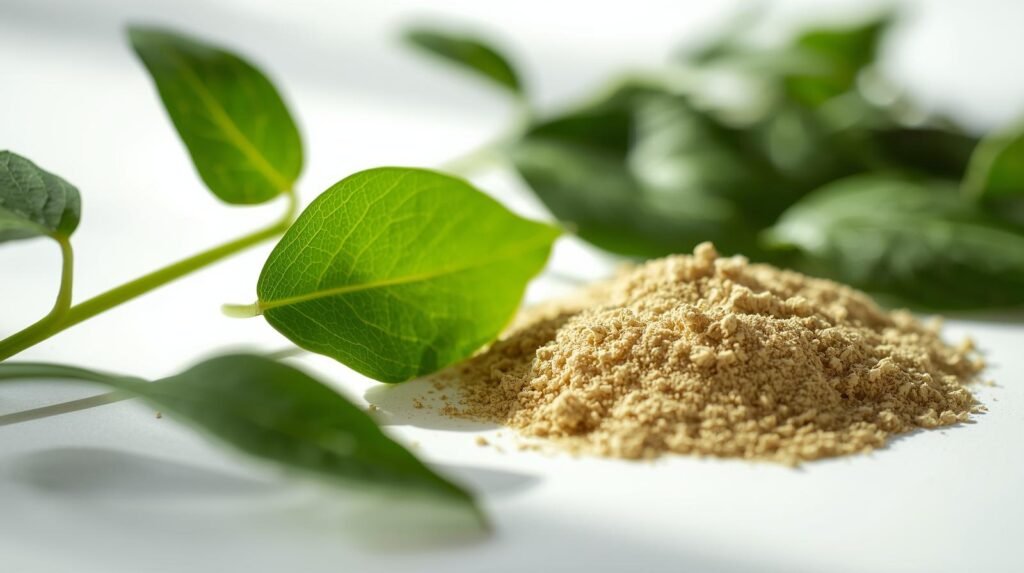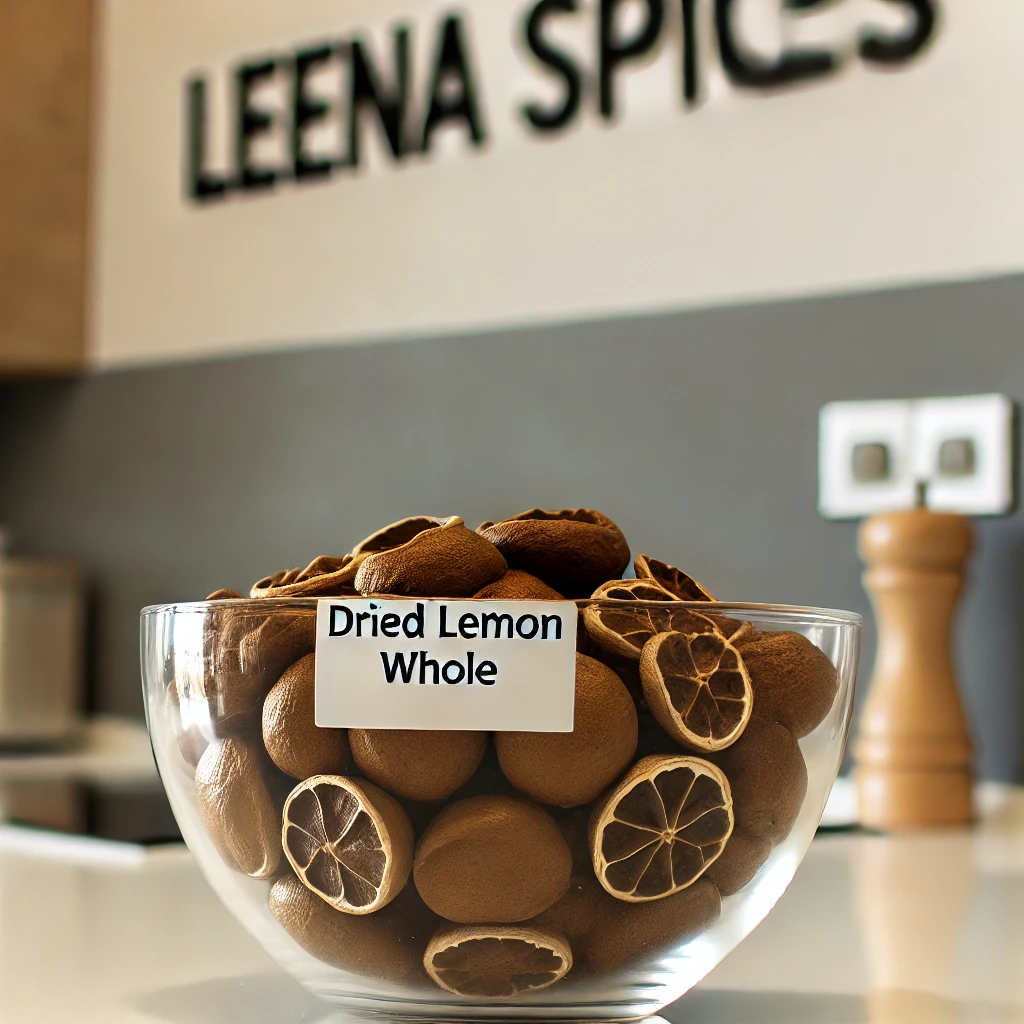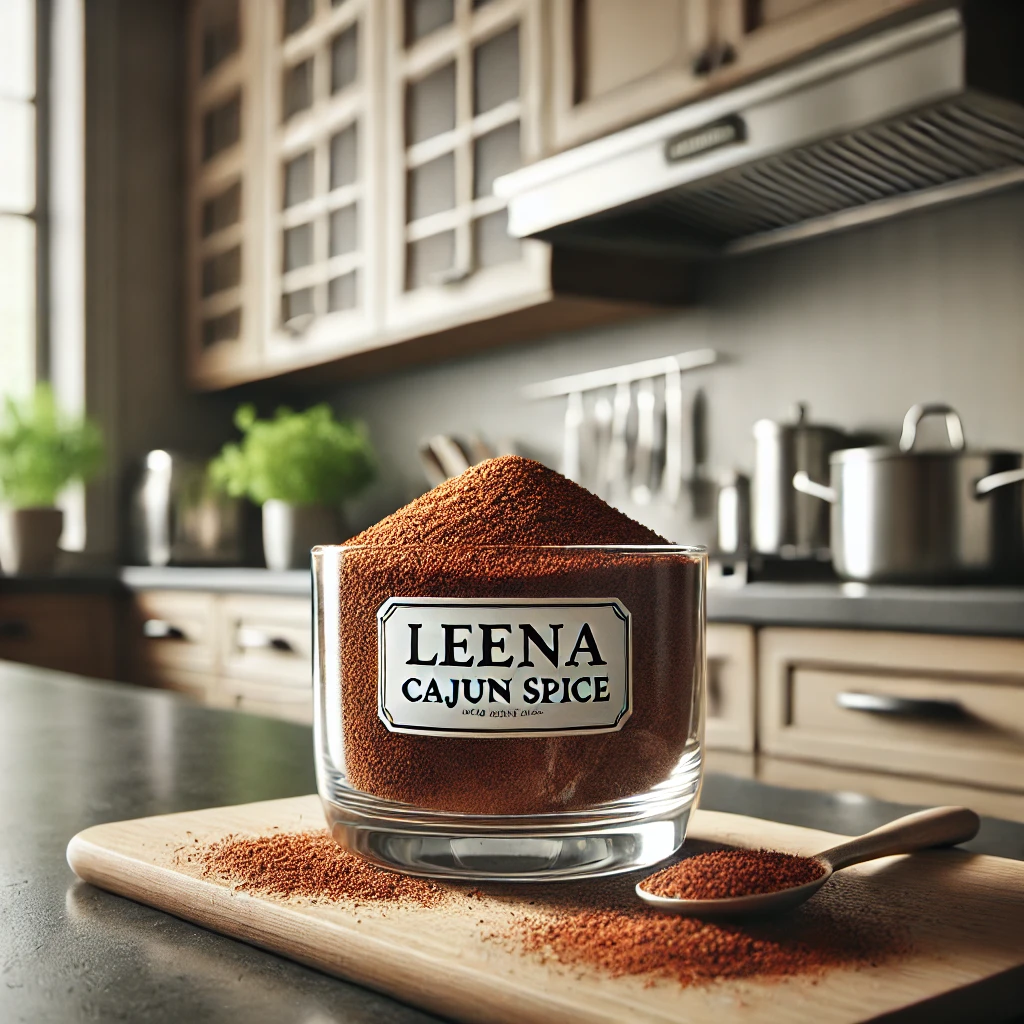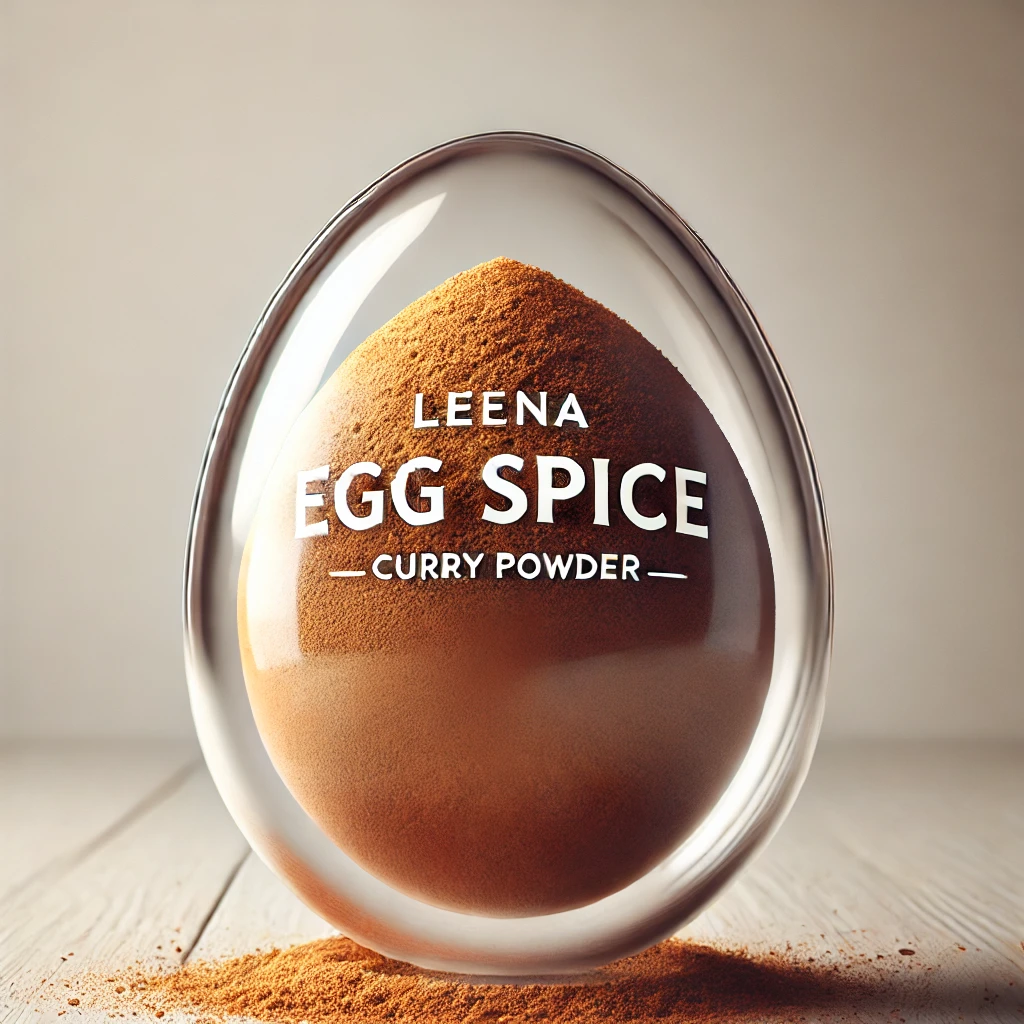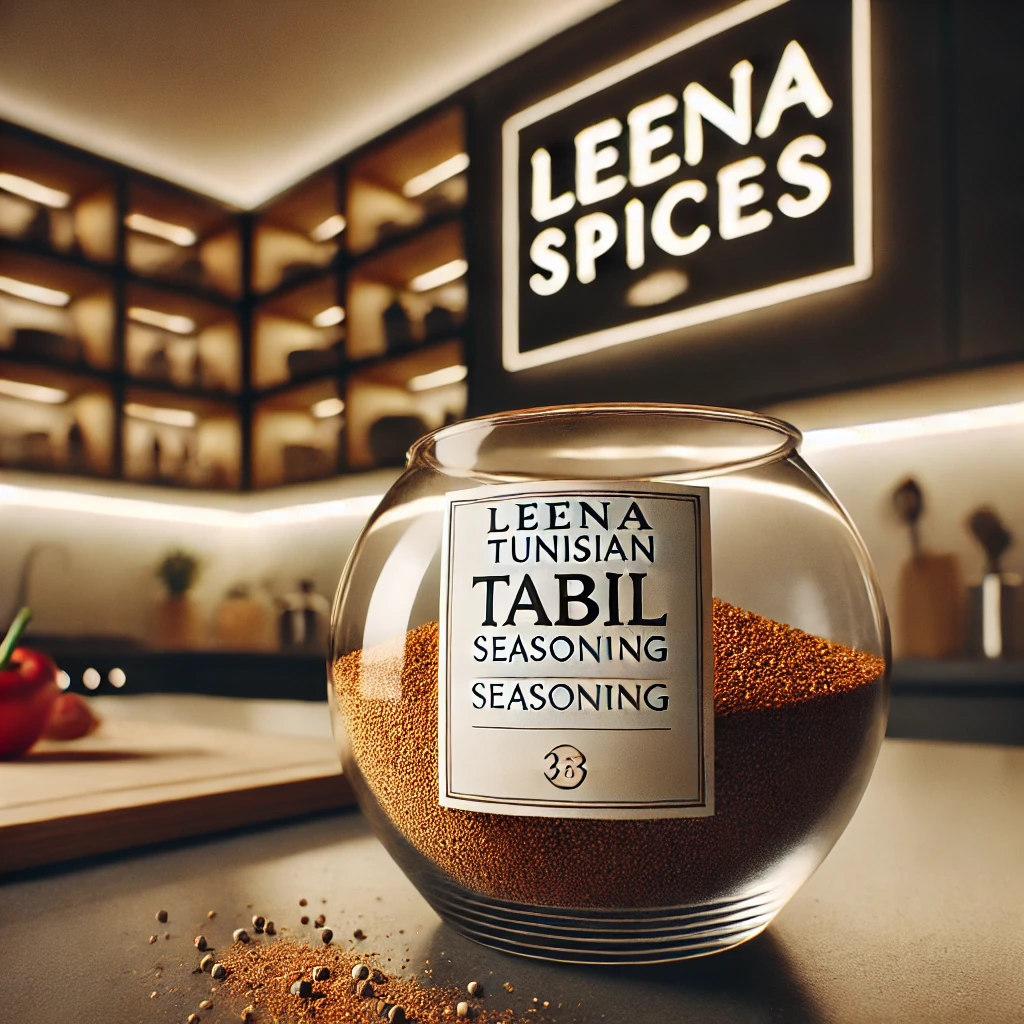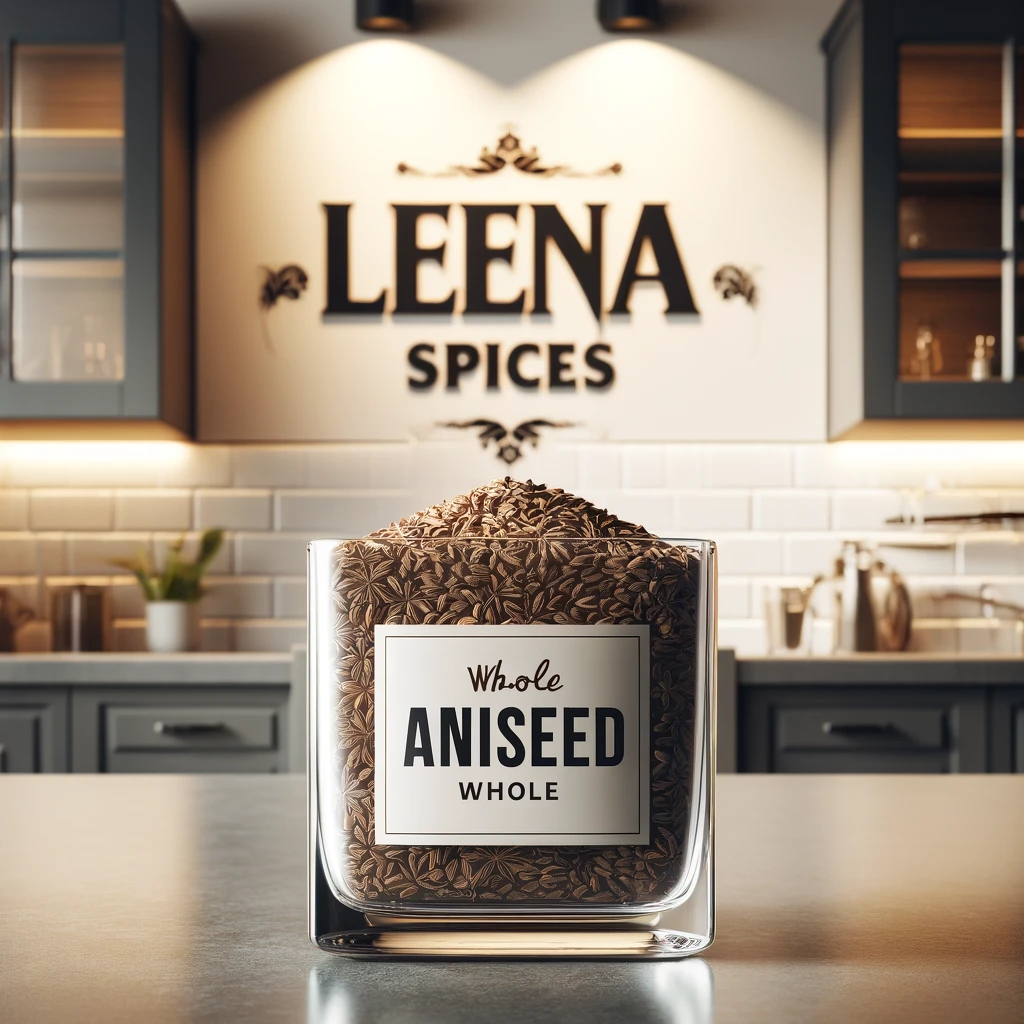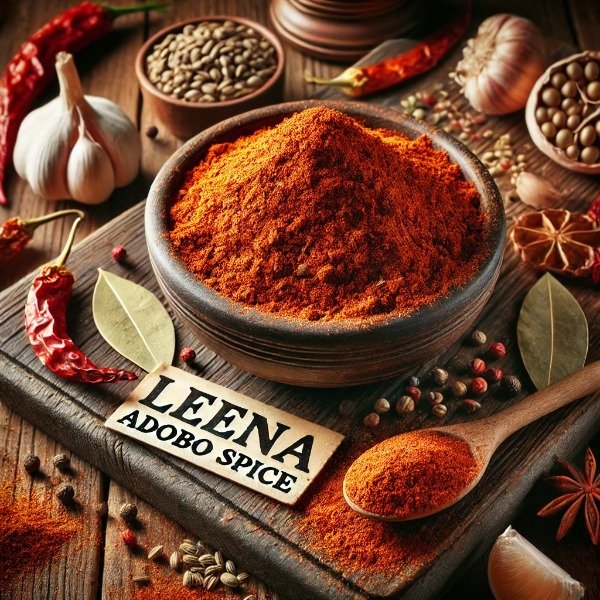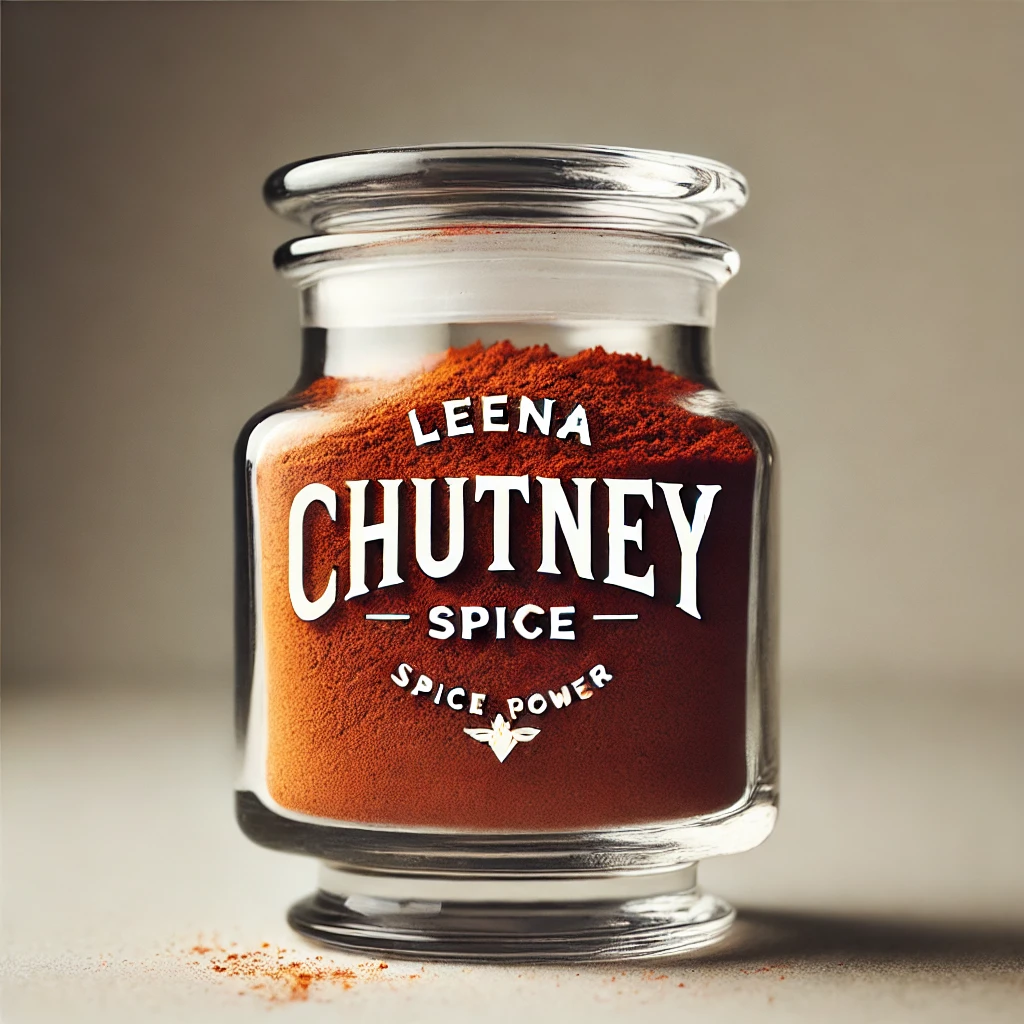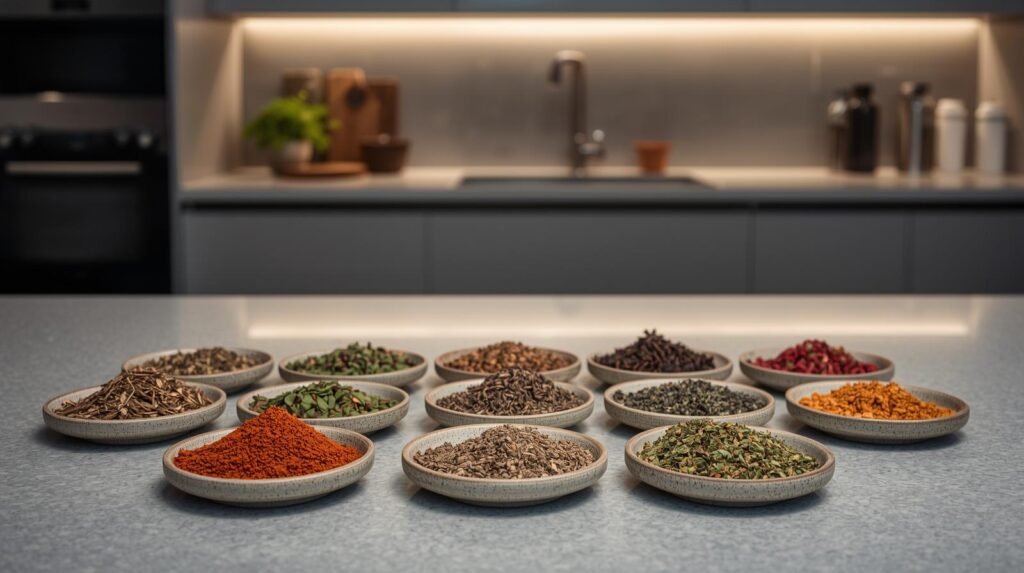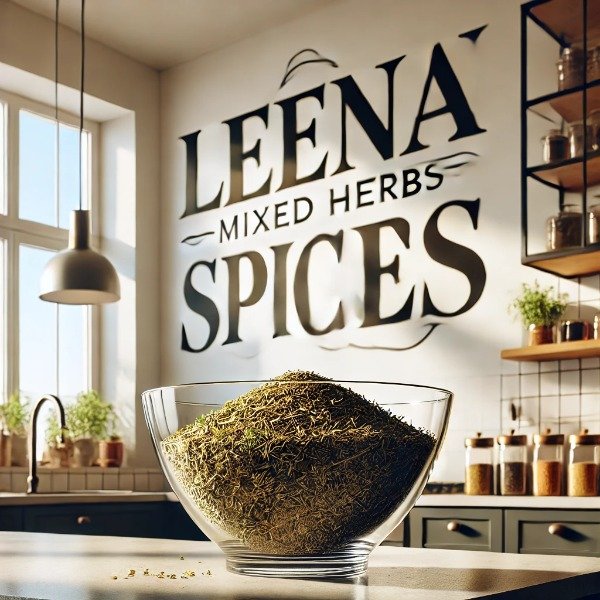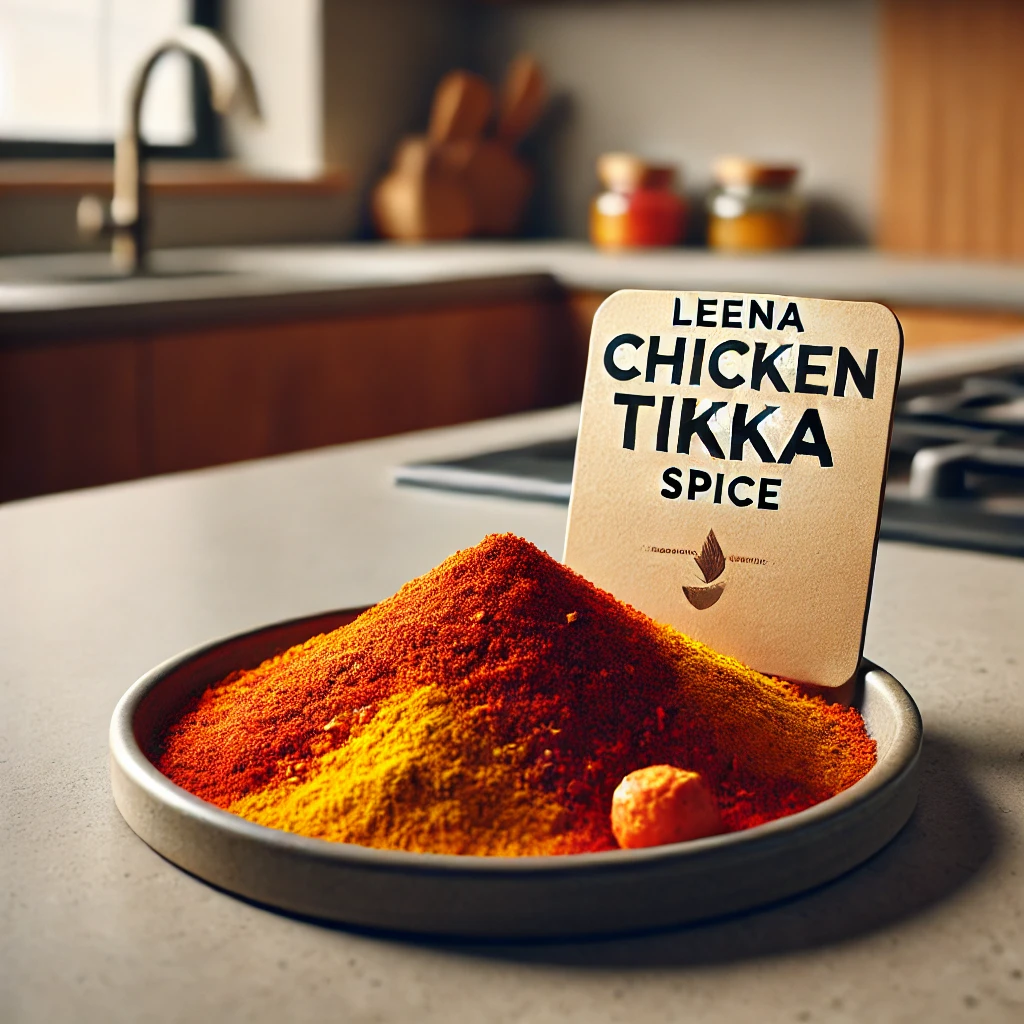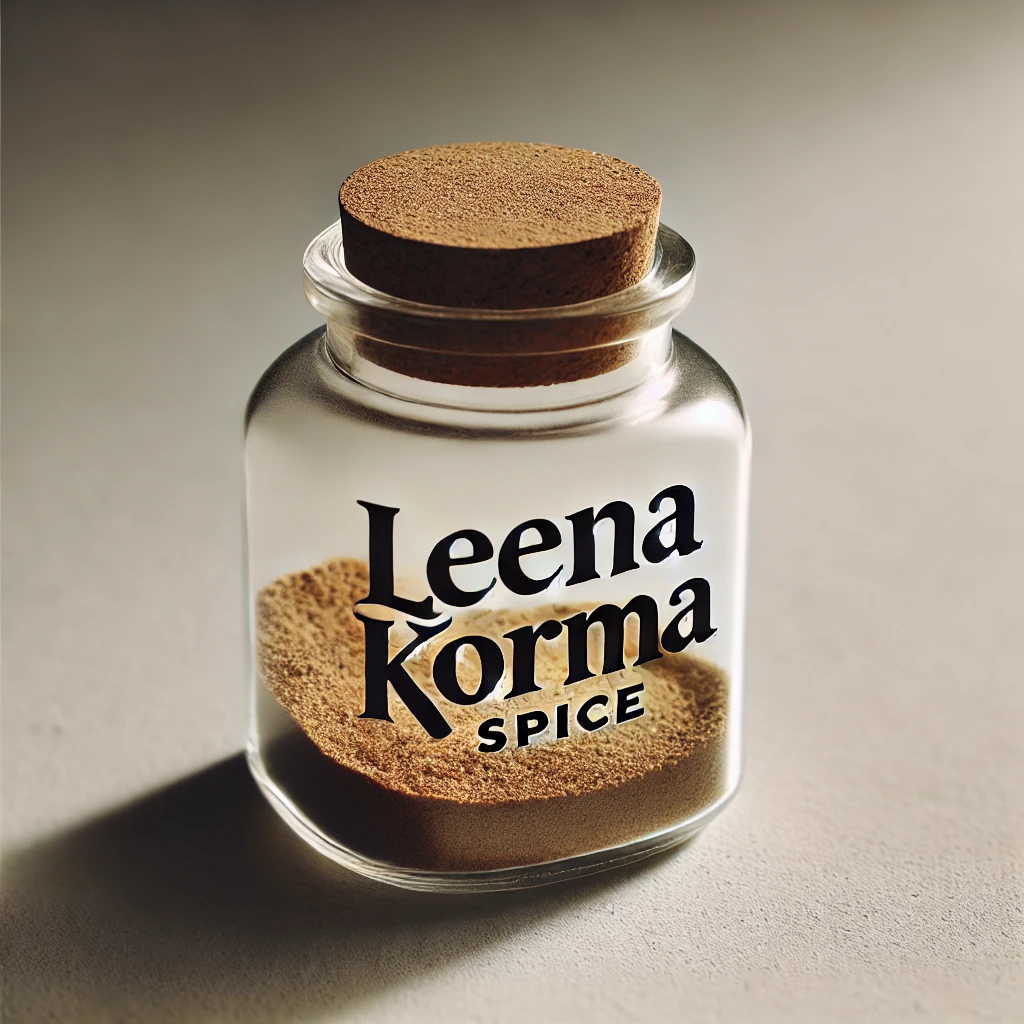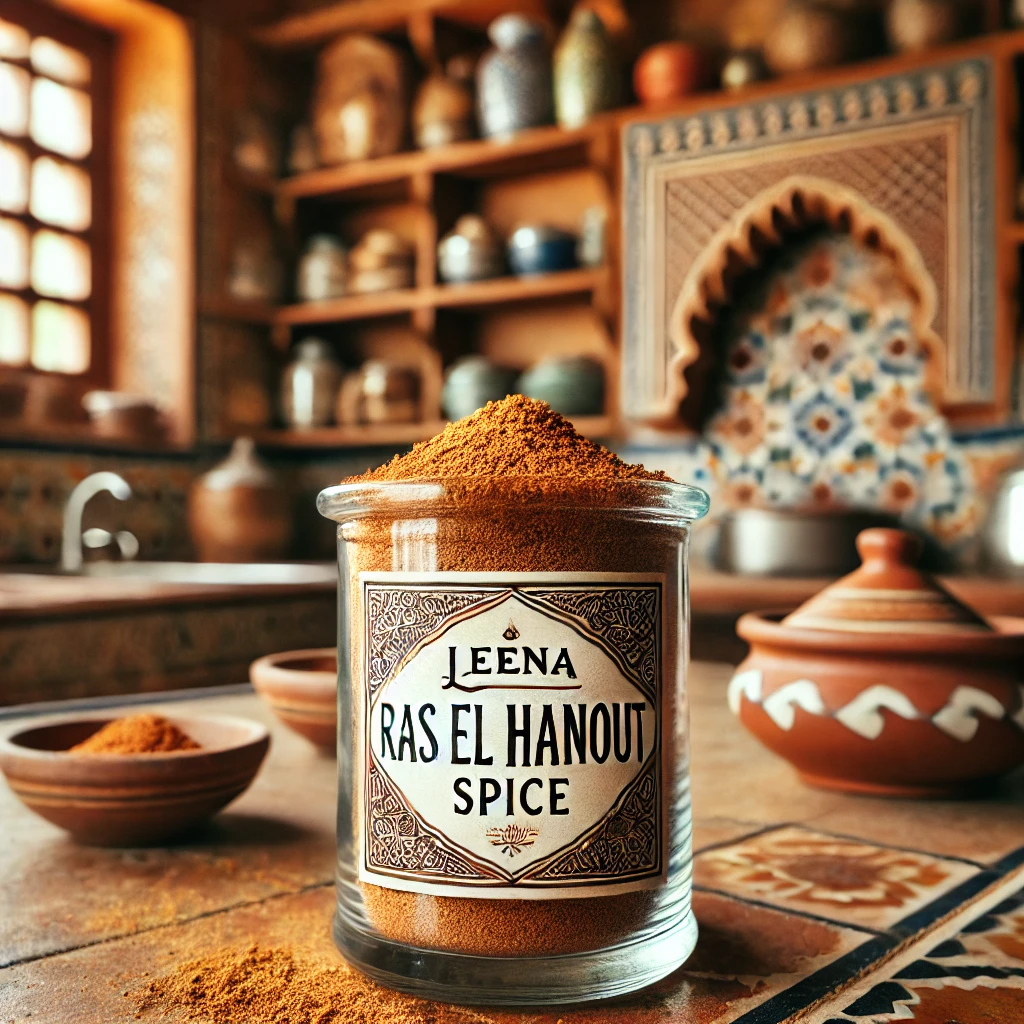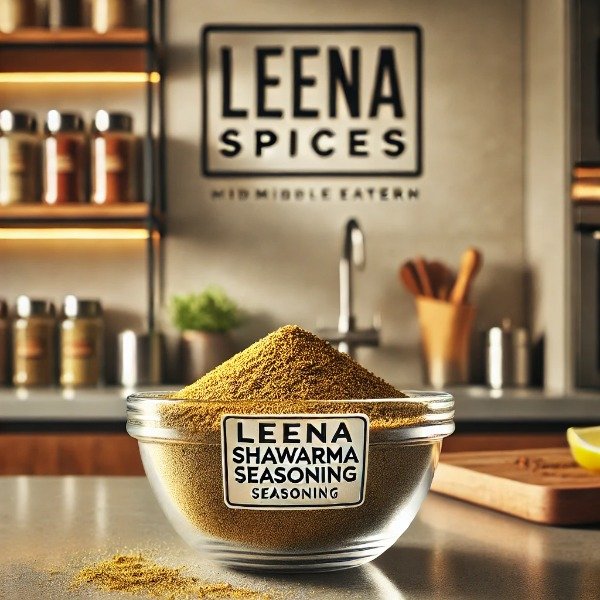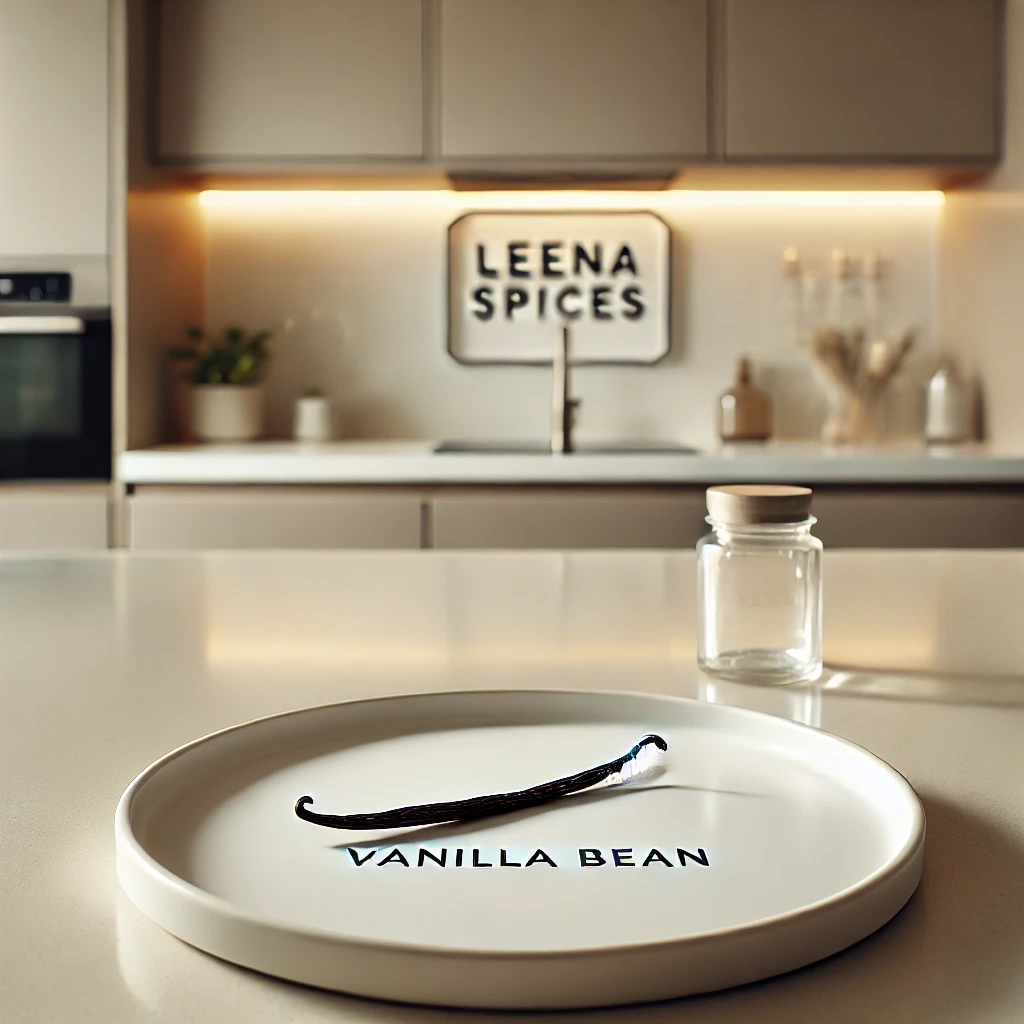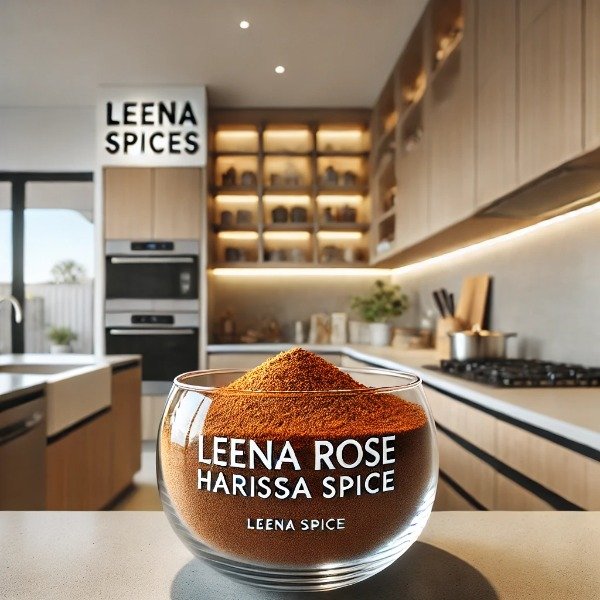What is Red Capsicum? 7 Powerful Facts
Table of Contents
- What is Red Capsicum
- What is the flavor profile
- Red Capsicum vs Bell Pepper
- What is dried Red Capsicum
- How is dried red capsicum made
- How to use it
- How capsicum ripen
- Nutritional benefits and Health facts
- How to select and store Capsicum
- Red Capsicum recipes and tips
- FAQs
- Final thoughts
Section 1:
What is Red Capsicum?
Red capsicum, commonly called red bell pepper, is simply the fully ripened stage of green capsicum. During the ripening process, it changes color from green to red, its flavor shifts from slightly bitter to sweet and mild, and its nutritional value increases significantly. By the time it reaches full maturity, red capsicum is loaded with vitamin C, vitamin A, and powerful antioxidants such as beta-carotene.
Unlike chili peppers, red capsicum contains no heat. Instead, it is prized for its natural sweetness, bright color, and adaptability in the kitchen. From salads and stir-fries to roasting, grilling, and blending into sauces, it is a versatile ingredient that enhances both flavor and nutrition in countless dishes.
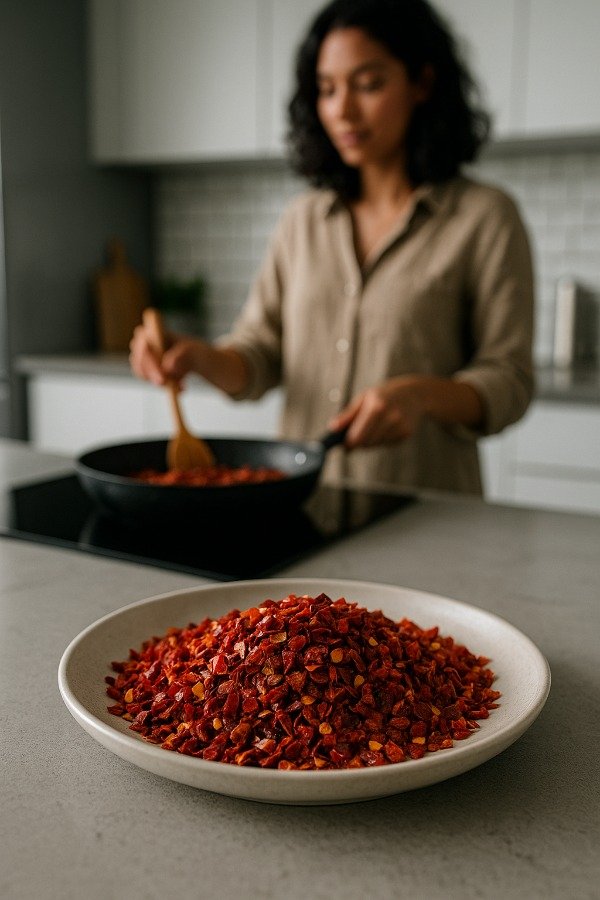
What is the Flavor Profile of Red Capsicum?
Red capsicum offers a pleasing balance of flavor and texture:
- Taste: Naturally sweet, mild, and sometimes slightly smoky, especially when roasted or dried.
- Texture: Crisp and light when dry; soft and full-bodied when rehydrated or cooked.
- Heat: Completely mild and unlike chili peppers, red capsicum is gentle and suitable for children and those who prefer non-spicy foods.
This combination of sweetness, color, and versatility makes red capsicum a favorite in a wide range of dishes.
Red Capsicum vs. Bell Pepper: Are They the Same?
Yes, Capsicum and bell pepper are the same vegetable. The difference is simply a matter of geography and local terminology.
- In the United States and Canada, they are most commonly called “bell peppers.”
- In the United Kingdom, Australia, New Zealand, India, and parts of Asia, they are known as “capsicums.”
The name “bell pepper” comes from the vegetable’s distinctive bell-like shape, while “capsicum” is a direct reference to the genus of the plant, Capsicum.
No matter what you call it, this sweet, mild, and versatile vegetable is the same nutrient-rich ingredient that adds color and flavor to a wide variety of dishes.
What is Dried Red Capsicum?
Dried red capsicum is made by dehydrating fresh red capsicum, also known as red bell pepper, until its moisture is removed. This simple process intensifies the natural sweetness, locks in its bright red color, and extends its shelf life for months. The result is a lightweight, shelf-stable ingredient that adds both flavor and color to dishes without spoiling quickly.
Other Names and Clarifications
- Also called: Dried red bell pepper, dried sweet pepper.
- Not the same as: Paprika, which is finely ground, or chili flakes, which come from hot peppers.
Understanding these distinctions helps ensure you’re using the right ingredient in your recipes and avoiding unwanted spiciness.
Is dried red capsicum spicy?
No, unlike chili peppers, dried red capsicum has no heat. Its flavor is mild, sweet, and slightly fruity, making it perfect for adding natural sweetness and depth to dishes without spiciness.
Comparison Table
Ingredient | Flavor | Form | Heat Level |
Fresh Red Capsicum | Sweet, juicy | Whole vegetable | None |
Dried Red Capsicum | Sweet, mild, smoky | Flakes/pieces | None |
Paprika | Sweet to smoky | Fine powder | Mild/None |
Chili Flakes | Hot, pungent | Crushed flakes | Medium–Hot |
How Is Dried Red Capsicum Made
The process of turning fresh red capsicum into a dried ingredient is simple but effective:
- Wash and Slice: Fresh red capsicums are thoroughly cleaned and cut into strips or pieces.
- Drying: The slices are dehydrated using air-drying, sun-drying, or a food dehydrator until all moisture is removed.
- Optional Smoking: Some producers lightly smoke the capsicums to add a subtle, smoky flavor.
This process not only preserves the vibrant red color and natural sweetness but also adds a slightly deeper, concentrated flavor that fresh peppers don’t offer. Dried red capsicum is then ready to be used in soups, sauces, spice blends, or as a flavorful garnish.
How to Use Dried Red Capsicum?
- Soups and Stews: Add whole or chopped dried capsicum to soups, stews, and casseroles for a natural sweetness and vibrant color.
- Seasoning: Grind into flakes or powder to create flavorful spice blends, rubs, or marinades.
- Rehydrated Recipes: Soak in water and use in stuffed vegetables, stir-fries, or pasta dishes for a fresh-like texture.
- Flavor Boost: Incorporate into dips, sauces, or marinades to infuse a mild, sweet depth to meats, vegetables, and grains.
Whether used as a seasoning or a key ingredient, dried red capsicum adds both visual appeal and a subtle, sweet flavor to your cooking.
Section 2:
The Journey from Green to Red: How Capsicums Ripen
Ever wondered why bell peppers come in different colors? The answer lies in their stage of maturity. A red capsicum is simply a fully ripened green capsicum, and the color progression reflects changes in flavor, sweetness, and nutritional content.
- Green Capsicums: These are harvested early, while still unripe. They have a slightly bitter taste, are less sweet, and are crispier than their fully ripened counterparts.
- Yellow and Orange Capsicums: These represent the mid-stage of ripening. They are sweeter than green capsicums but not as sweet as red ones, offering a balance of mild flavor and crunch.
- Red Capsicums: Left on the vine the longest, red capsicums fully ripen, developing their characteristic sweet flavor and higher natural sugar content. They also accumulate more nutrients, including vitamin C and antioxidants.
The ripening process can take 60–90 days from planting, depending on the variety and growing conditions. This longer growing period explains why red capsicums are often more expensive , farmers wait longer to harvest them to achieve full flavor and maximum nutritional value.
COMPARISON CHART
Capsicum Color | Ripeness Stage | Flavor Profile | Sweetness Level | Best Uses |
Green | Unripe | Slightly bitter | Low | Stir-fries, sautés, salads |
Yellow/Orange | Partially ripe | Mild, sweet | Medium | Roasting, salads, sautés |
Red | Fully ripe | Sweet, rich | High | Raw snacks, roasting, stuffing, sauces |
Section 3: Nutritional Benefits and Health Facts
What are the nutritional benefits of red capsicum?
Red capsicums aren’t just tasty but a nutrient-packed vegetable that supports overall health. Here are some of the key benefits:
- Excellent Source of Vitamin C: A single medium red capsicum provides over 150% of your daily recommended intake. Vitamin C is a powerful antioxidant that boosts immunity, supports skin health, and aids in tissue repair.
- Rich in Vitamin A: Red capsicums are high in beta-carotene, which your body converts into vitamin A. This essential nutrient is vital for maintaining healthy vision, skin, and immune function.
- High in Antioxidants: The deep red color comes from antioxidants like lycopene and zeaxanthin, which help protect cells from oxidative stress and support overall health.
- Supports Digestion: With its fiber content, red capsicum promotes healthy digestion and helps maintain regular bowel movements.
- Low in Calories: Naturally low in calories, red capsicum is a perfect addition to weight-conscious diets while still providing a burst of flavor and nutrients.
Nutritional Benefits Table
Nutrient | Green Capsicum (per 100g) | Yellow Capsicum (per 100g) | Red Capsicum (per 100g) |
Calories | 20 | 27 | 31 |
Vitamin C (mg) | 60 | 183 | 190 |
Vitamin A (IU) | 370 | 470 | 3131 |
Fiber (g) | 1.7 | 2.0 | 2.1 |
Antioxidants | Moderate | High | Very High |
Sugar (g) | 2.4 | 3.9 | 4.2 |
Section 4: How to Select and Store Red Capsicums
How to Select Red Capsicums?
When choosing red capsicums, look for ones that are firm, smooth, and brightly colored. Avoid peppers with soft spots, wrinkles, or blemishes, as these can indicate overripeness or spoilage. Selecting fresh, high-quality capsicums ensures the best flavor, texture, and nutritional value for your dishes.
Notes on Other Colors:
- Green Capsicums: Unripe and slightly bitter, with a firmer texture. They are less sweet but perfect for stir-fries or dishes where a mild, crisp flavor is desired.
- Yellow and Orange Capsicums: Partially ripened, sweeter than green capsicums but not as sweet as red ones. Their vibrant color adds visual appeal and a gentle sweetness to salads, sautés, and roasted dishes.
By understanding these differences, you can select the right capsicum color for both taste and presentation in your recipes.
How do I Store Red Capsicum?
Proper storage helps red capsicums stay fresh, flavorful, and crisp for as long as possible. Here’s how to handle them:
Whole Capsicums
- Refrigerate: Keep unwashed in the crisper drawer of your refrigerator. They can last up to 1–2 weeks.
- Room Temperature: If you plan to use them within 2–3 days, storing them on the counter away from direct sunlight is fine.
Sliced or Prepped Capsicums
- Place cut pieces in an airtight container lined with a paper towel to absorb moisture.
- Use within 3–4 days to maintain freshness and prevent spoilage.
Freezing for Long-Term Storage
- Slice the capsicums and blanch in boiling water for 2 minutes.
- Cool them quickly in ice water, then freeze in a single layer on a tray.
- Once frozen, transfer to a freezer bag for use in soups, sauces, or stir-fries. Frozen capsicums retain color and texture remarkably well.
Pro Tips for Maximum Freshness
- Avoid moisture traps: Loose storage in a paper bag or perforated plastic allows airflow and prevents mold.
- Don’t wash until ready to use: Excess moisture shortens shelf life.
- Keep prepped capsicums dry: Always use a paper towel in the container to absorb any lingering moisture.
- Freeze smart: Blanching before freezing preserves both nutrients and color.
By following these storage tips, you’ll reduce waste and always have crisp, sweet red capsicums ready for your recipes.
Section 5: Cooking with Red Capsicums: Recipes & Tips
How do I Cook With Red Capsicum?
Easy Cooking Table
Cooking Method | Tip / How to Use |
Raw | Slice into salads, sandwiches, or dipper sticks |
Roasted | Roast at 200°C (400°F) until soft; peel for silky texture |
Sautéed | Cook with onions, garlic, or protein for stir-fries or sauces |
Stuffed | Hollow and fill with grains, veggies, or meat; bake |
Grilled | Skewer with other vegetables or grill whole halves |
Blended | Puree for soups, sauces, or curries |
With so many options — raw, roasted, sautéed, grilled, stuffed, or blended — red capsicums are a kitchen staple that can adapt to countless recipes, adding flavor, color, and nutrition.
Are there any easy recipes or tips to use Red Capsicum?
With so many options — raw, roasted, sautéed, grilled, stuffed, or blended — red capsicums are a kitchen staple that can adapt to countless recipes, adding flavor, color, and nutrition.
1. Quick Snack Hack
Slice red capsicum into sticks and serve with hummus, guacamole, or your favorite dip. The natural crunch pairs perfectly with creamy textures, making it a healthy, satisfying snack.
2. Roasted Delight
Halve the capsicums, toss with olive oil, salt, and herbs, and roast at 200°C (400°F) for 20–25 minutes. Peel off the skin for soft, silky peppers , perfect for sandwiches, pastas, or antipasto platters.
3. Stir-Fry Star
Dice red capsicum and add it to a stir-fry with onions, garlic, and your choice of protein, like chicken, shrimp, or tofu. Its subtle sweetness balances savory flavors while adding vibrant color to the dish.
4. Stuffed Pepper Recipe
Hollow out a red capsicum and fill it with a mix of cooked quinoa, black beans, corn, cheese, and spices. Bake at 190°C (375°F) for 30 minutes for a nutritious, one-dish meal that’s as hearty as it is flavorful.
Pro Tips
- Avoid sogginess: Cook just until tender-crisp for the best texture.
- Meal prep friendly: Chop extra capsicums and freeze them for up to six months — perfect for soups, stews, or stir-fries.
- Experiment freely: Red capsicum works in salads, sauces, roasted dishes, or even grilled skewers — a simple way to boost flavor and nutrition in everyday meals.
Frequently Asked Questions
Can I make dried red capsicum at home?
Yes, you can slice fresh red capsicum and dry it in a dehydrator or in the oven at a low temperature until crisp.
What’s the difference between dried red capsicum and paprika?
While both come from red peppers, they are not the same:
- Dried Red Capsicum: Typically available in flakes or small pieces, it retains some texture and can be rehydrated for cooking.
- Paprika: Finely ground into a smooth powder, it’s primarily used as a seasoning or garnish and often has a slightly smoky or sweet flavor depending on the variety.
How Do I Use Dried Red Capsicum in Cooking?
Dried red capsicum is versatile and easy to incorporate into many dishes:
- Direct Use: Add it straight to soups, stews, sauces, or spice blends for a natural sweetness and vibrant color.
- Rehydrating: Soak the dried pieces in warm water for 15–20 minutes before cooking to restore a softer texture, perfect for stir-fries, stuffed dishes, or sautés.
Is red capsicum spicy?
No, red capsicum is naturally sweet and mild. Unlike chili peppers, it has no heat, making it safe and enjoyable for children and anyone who prefers non-spicy foods.
Which capsicum is the healthiest?
While all capsicums offer valuable nutrients, red capsicum (red bell pepper) stands out as the healthiest. Fully ripened on the vine, it contains the highest levels of vitamin C, vitamin A (from beta-carotene), antioxidants like lycopene and zeaxanthin, and natural sugars that enhance both flavor and nutrient content.
Green, yellow, and orange capsicums are also nutritious, but red capsicums provide the greatest boost for immunity, eye health, and overall antioxidant protection.
Is dried red capsicum spicy or hot?
No, dried red capsicum is mild, sweet, and slightly fruity, unlike chili peppers. It adds natural sweetness and depth to soups, sauces, and dishes without any spiciness, making it a child-friendly and versatile ingredient in the kitchen.
Can I Eat Red Capsicum Raw?
Yes. Eating red capsicum raw preserves its vitamin C and antioxidants while delivering a satisfying crunch and natural sweetness. Slice it into sticks for snacking, toss it into salads, or use it as a colorful, healthy addition to sandwiches and dips.
Why is red capsicum more expensive than green?
Red capsicum costs more because it stays on the plant longer to fully ripen, developing its sweet flavor, higher sugar content, and nutrient-rich profile. This extended growing period increases labor and farming costs, which is reflected in the price at the store.
Final Thoughts
Red capsicum, also known as red bell pepper, is far more than just a colorful addition to your plate. Packed with vitamins, antioxidants, and natural sweetness, it is a vegetable that enhances both flavor and nutrition in countless dishes. From fresh salads and roasted sides to stuffed peppers and hearty stews, red capsicum adds crunch, color, and a subtle, sweet depth to your cooking.
No matter what you call it, capsicum or bell pepper, this versatile vegetable deserves a regular spot in your kitchen. Its vibrant taste, satisfying texture, and impressive health benefits make it an easy choice for anyone looking to cook delicious, wholesome meals. Next time you’re shopping, pick up a few red capsicums and enjoy the bright, flavorful boost they bring to your table.



